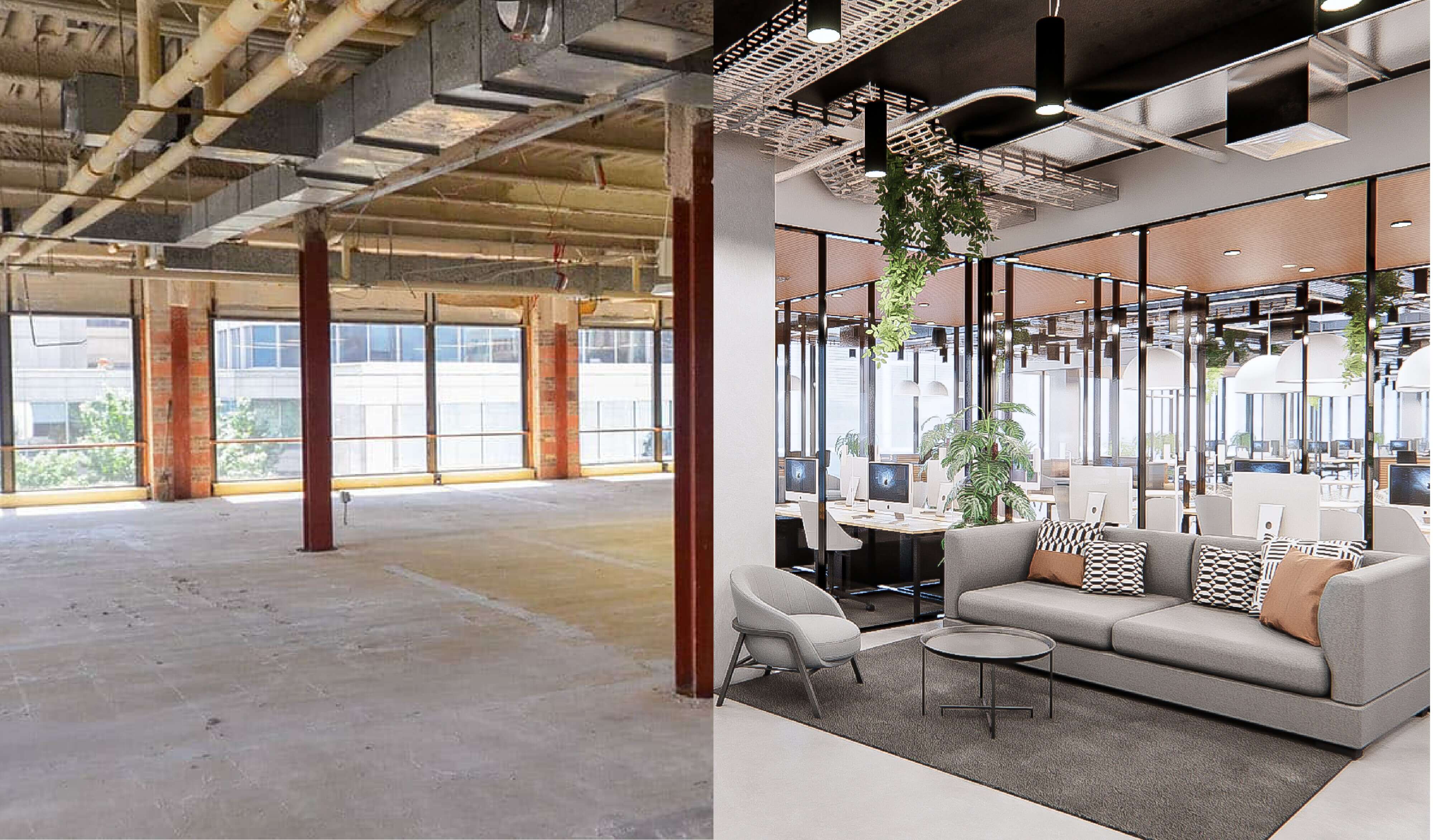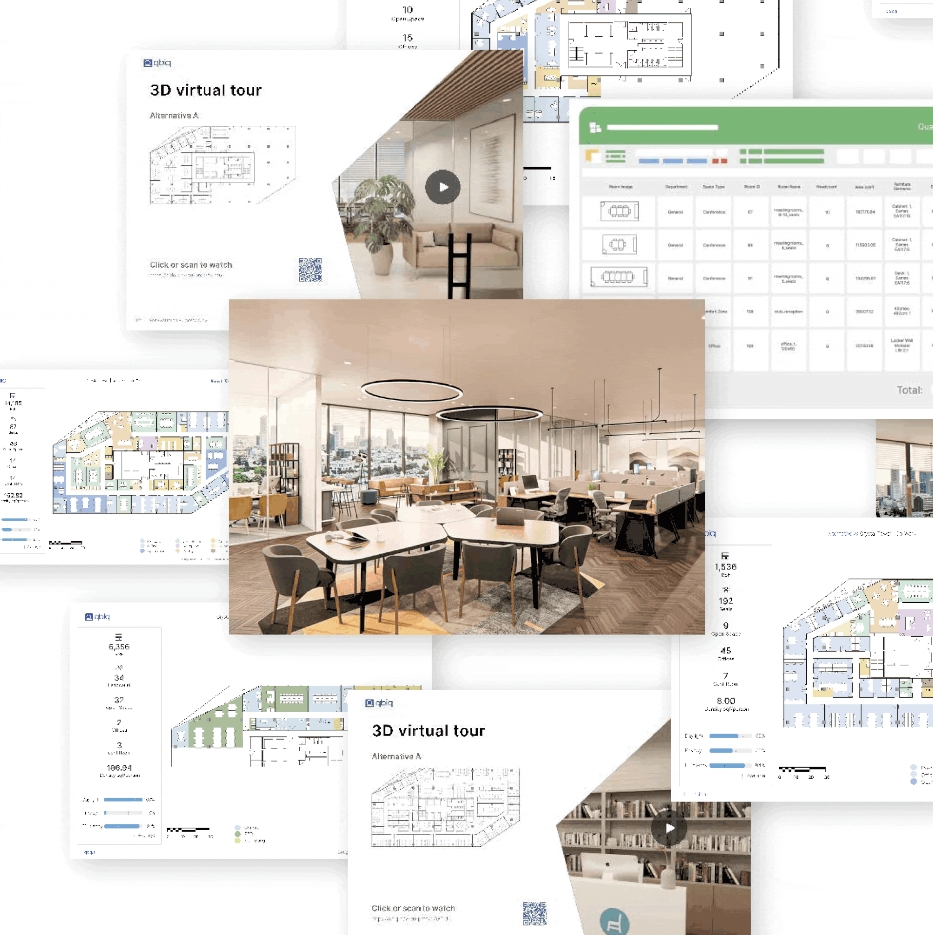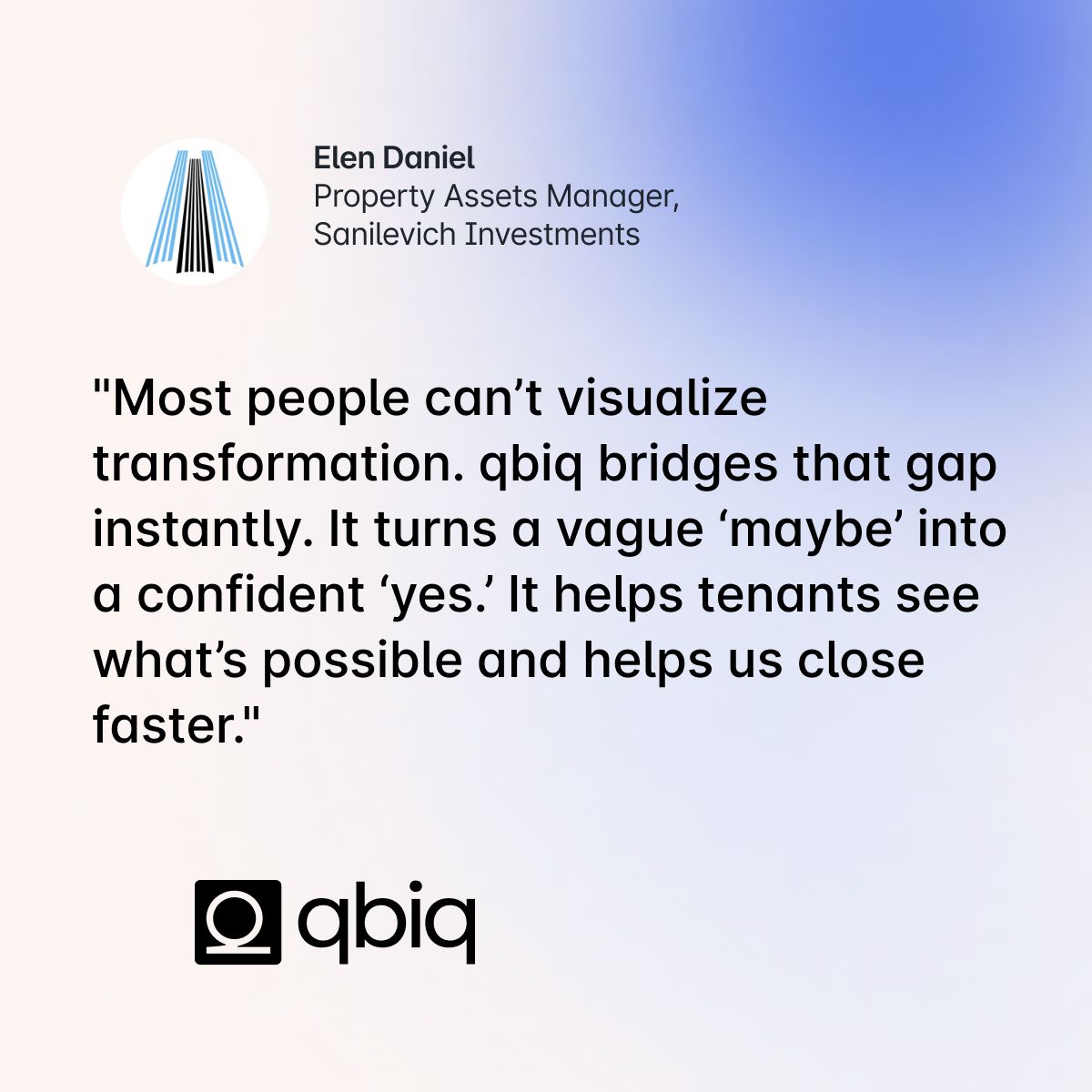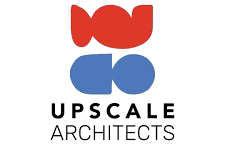Firms like Gensler and HOK once mailed 11×17 print sets to clients. A single revision, whether to swap a partition, re-render elevations, courier new PDFs, took 48–72 hours. Early adopters of Revit Live and web viewers cut that to minutes. Distributors who moved first gained specifier share; laggards who stayed on paper lost ground.
Today the same pattern hits office furniture manufacturers, distributors, and sellers. The bottleneck is decision velocity between seller, planner, and buyer. Lead times for components and revisions stretch weeks, with supply chain delays hitting 63 days for textiles in 2025.
Across the global office furniture market, distributors face a familiar challenge: turning product catalogs and sample images into spaces clients can see, trust, and buy. Even the most experienced sales teams struggle when clients are uncertain about three simple questions:
- Will it fit the space?
- Will it look right with our brand?
- Will it stay inside budget?

When those answers aren’t clear, decisions stall. Revisions multiply. Weeks pass, and opportunities fade.
Historical parallel: Most teams still email static PDFs and Excel BOMs. Revision loops stretch days. Sales reps chase markups while planners redraw in CAD.
Current implication: Dealers who collapse the loop to real-time 3D win the full fit-out, not just spot buys. Early tools like Herman Miller’s Z-Axis portal and Steelcase configurators set the pace, enabling interactive 3D space planning for salespeople and clients.
At qbiq, we help distributors remove that uncertainty transforming slow, manual sales processes into fast, confident decisions driven by immersive 3D design.
From Uncertainty to Clarity in Real Time
qbiq enables furniture distributors to go beyond static photos and 2D layouts by placing their product lines directly into lifelike 3D test fits of the client’s actual space.
In just a few hours, our AI-powered design engine produces fully furnished, costed layouts. These are complete with immersive 3D walkthroughs that clients can explore from any device.
Each design includes:
- Multiple alternative layouts tailored to the client’s brief
- Realistic 3D visualizations showing your product lines in context
- Itemized cost breakdowns for every product and area
- Instant updates when layouts, finishes, or pricing change
Every adjustment is reflected immediately. Anything from swapping a chair line to revising a budget is instant. No waiting for redraws. No delays in communication. No momentum lost.
This responsiveness keeps the conversation active and helps clients make confident, timely decisions.

How the Loop Collapses
Pre-qbiq process for a typical dealer:
- Site survey → 2D CAD import
- Manual product placement + render
- Pricing spreadsheet + PDF walkthrough
- Client redlines → repeat
Total: multiple days from brief to PO, with revisions adding weeks in traditional workflows.
Post-qbiq:
- Upload an empty floorplan (DWG or PDF)
- AI generates furnished alternatives with catalog inserted
- Dealer shares secure 3D link—client walks the space on any device
- Client requests a different chair; system updates visuals, quantities, and pricing
- Dealer exports itemized quote + 3D walk-through
Total: hours to first commitment. Shorter cycles = more quotes per rep = higher close rates + larger orders (full fit-out vs. spot buys).
Why Slow Decision Cycles Cost Sales—and Why Speed Wins
When clients can’t visualize how a space will look, function, or price out, they hesitate. That hesitation creates friction for sales teams.
Traditional sales workflows rely on static images and manual estimates that take days to update. Clients request small changes, and distributors lose valuable time waiting for designers to re-render layouts or recalculate pricing.
qbiq eliminates those bottlenecks. That speed transforms the sales process from reactive to proactive, building trust and accelerating commitments.
From Selling Desks to Furnishing Entire Workplaces
Many distributors focus on the essentials like desks, chairs, and tables. But clients today expect more: cohesive environments that balance function, comfort, and culture.
With qbiq, you can design and present complete office environments, not just furniture selections. From open-plan layouts and executive suites to lounges, breakout areas, and meeting rooms, qbiq lets you visualize how your full product range comes together to create a unified workspace.
This approach positions distributors as strategic partners helping clients shape their workplace vision while increasing overall project value and scope.
Keeping Everyone Aligned: Sales, Design, and Client
Even the strongest product lineup can lose momentum when teams aren’t fully aligned.
For many distributors, the sales process involves multiple parties sales representatives, designers, pricing specialists, project managers, and the client’s own stakeholders—each working from different versions of a plan.
Emails multiply. Layouts change. Pricing shifts. And before long, no one is certain which version is the “final” one.
That misalignment doesn’t just waste time it erodes client confidence. A small inconsistency between the design and the quote can spark delays, second-guessing, or re-approvals.
With qbiq, every stakeholder from your internal team to the client—works from a single, synchronized design environment. Layouts, pricing, and visuals update instantly, so everyone is literally on the same page.
This clarity keeps projects moving forward and ensures that your proposal always reflects the latest design, cost, and product selections—no matter how many times the layout evolves.
Why the Upside Compounds
- Scope capture: Quotes expand from benches and chairs to breakout zones, lounges, and panels in one model.
- Planner bandwidth: Internal teams handle more layouts per day. Capacity shifts to complex bids. qbiq users report 300% planning increases.
- Zero version drift: Sales, planning, and pricing edit the same cloud model. The 3D walkthrough is the source of truth.
How Furniture Distributors Worldwide Use qbiq
Leading office furniture suppliers around the world use qbiq to:
- Cut decision cycles in half with real-time visualization
- Upsell complete fit-outs instead of isolated product packages
- Respond instantly to furnishing or pricing feedback
- Enhance client confidence with full cost transparency
Strategic Requirements to Win
- Catalog integration: Upload furniture XML once; qbiq maps SKUs, finishes, and prices.
- Train reps fast: User-friendly interface. No CAD needed.
- Embed the 3D virtual tour: Clients self-explore; reps track views and edits.
- Price dynamically: Real-time updates keep margins visible.
A Faster Path from Concept to Commitment
When clients can walk through their future office as a living, visual experience they decide faster.
qbiq turns every sales presentation into an interactive journey: an immersive, cost-transparent walkthrough built around your product lines and your client’s goals.
That’s how global distributors are accelerating pipelines, increasing project value, and winning more business than ever before.
The New Baseline
Sending a static PDF will soon feel outdated. Manufacturers, distributors, and sellers who make 3D walkthroughs standard will own the fit-out layer and shorten deal cycles by over 40%.

qbiq gets them there today.
Any Space, Reimagined in Minutes.







.png)









